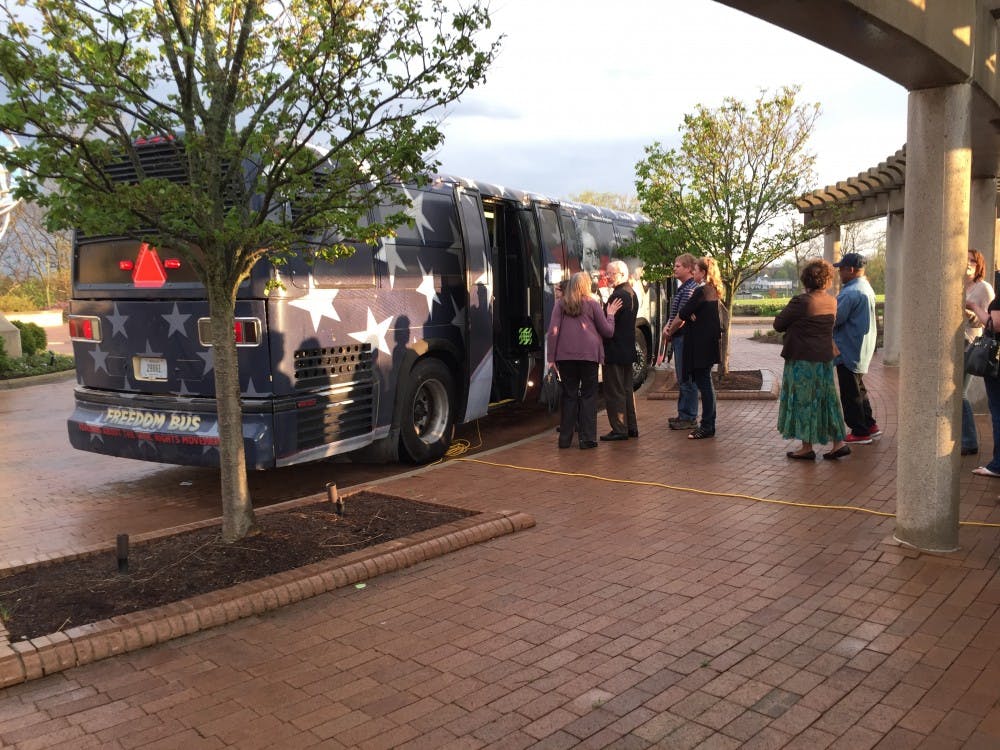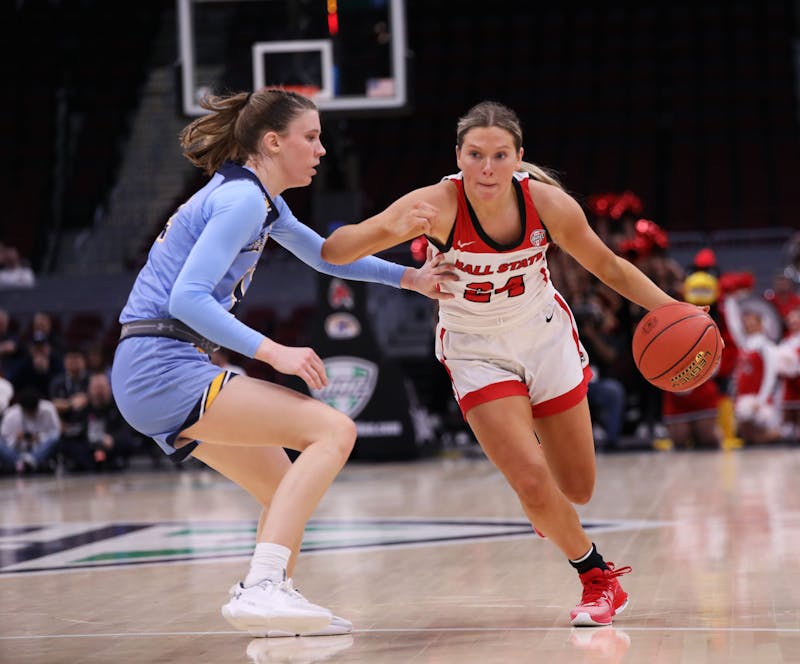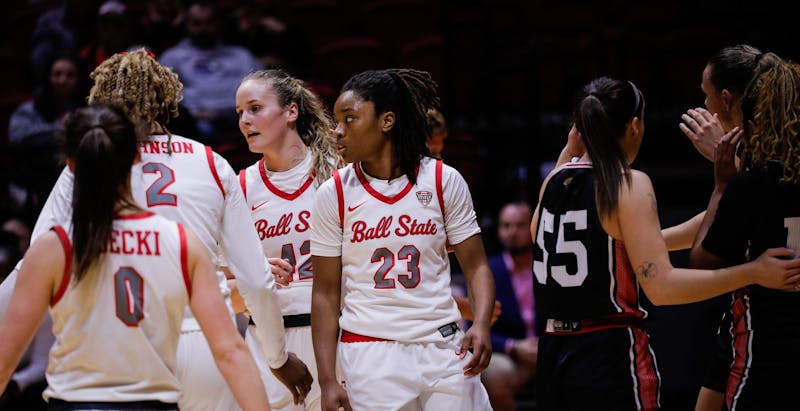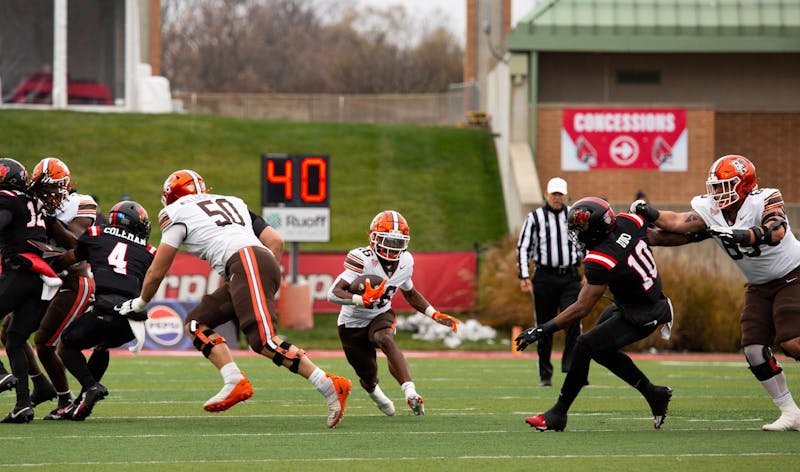Student work on the Freedom Bus
The Freedom Bus came to life over four semesters of immersive learning classes involving around 60 Ball State students.
Fall 2014: As part of a project with the Virginia Ball Center, students built a prototype of the bus. They studied Civil Rights history of nine counties in Indiana and chose the themes for the focus of the bus.
Spring 2015: A class of social studies majors created lesson plans and educational materials to work with the bus exhibits for third and fourth graders.
Fall 2015: This group worked with the exhibit design of the bus to get it ready to be professionally made, created a website and researched and archived local Civil Rights history.
Spring 2016: The final cohort tied up loose ends while the bus was professionally fabricated, continued working on the website and planned the final showcase.
A project 10 years in the making, Muncie’s Freedom Bus is ready to hit the road to share the history of the local Civil Rights movement.
The bus was the dream of Bea Moten-Foster, a Muncie civil rights advocate, who envisioned the bus in 2005 to honor Rosa Parks.
Moten-Foster was inspired by Parks. She had a similar experience to Park's famous "No" on an Alabama bus when Moten-Foster remained seated in face of harassment from passengers, the bus company and police on a bus ride from Birmingham, Ala., to Talladega, Ala.
Moten-Foster died in 2011, but the finished product of her dream — The Freedom Bus — is nicknamed “Miss Bea” after her.
The bus shows the history of slavery and the Civil Rights movement, with a focus on Muncie and East Central Indiana. It looks at the Underground Railroad in Indiana, local civil rights leaders and racial issues in Muncie’s past.
The Freedom Bus debuted at Minnetrista on April 20, bringing together students who have worked on the bus throughout all of its stages, the MLK Dream Team and members of the Muncie Community.
Mayor Dennis Tyler attended and called the Freedom Bus a cause for celebration, to see the community highlight freedom and civil rights in the United States.
“Maybe we need freedom buses all over the United States,” he said.
Associate professor of communication studies Beth Messner has shepherded the Freedom Bus through four semesters of immersive learning classes. She has seen the bus come to life with the help 60 Ball State students, from a bus donated by Muncie Indiana Transit System in 2005, to the final product it is now.
She said even though the stories in the bus are from the 1960s and '70s, the bus is a reminder of the challenges to equality and justice, despite the strides made.
“What we are hoping is that when people see the bus, they feel inspired by the work of people who struggled for civil rights before them, and are able to pick up that torch and carry that legacy forward in dealing with some of the issues we are facing today," Messner said.
Messner called her students the “spirit and heart” of the project.
Communications major Samantha Ralston was a part of the first group of students that worked on the bus. They created a prototype exhibit which was torn down when the bus was ready to be professionally finished.
She said seeing it completed was rewarding because although the exhibits physically looked different, the themes her group had researched and selected shone through.
Multiple students who worked on the project during various stages said the most compelling part of their experience was the knowledge of local civil rights history.
On the bus, visitors learn Southside High School used to be called the “Rebels” with a confederate flag, and Tuhey Park was not always integrated. However, the Ball Company hired African Americans at a time when many did not.
“You pass these places every day,” said Ciara Johnson, a senior communication studies major who worked on the bus. “You pass these places and you don’t know the significance behind what the history was or the struggles people had to overcome.”
Since the bus is complete, the MLK Dream Team will schedule its appointments. Messner said it will attend Black Expo, and she hopes it will visit some community centers this summer.
Joshua Jerry, a student who worked on the bus, called on everyone who gets on the Freedom Bus to continue the fight to end segregation, discrimination and racism.
“The freedom bus is not just a Civil Rights museum,” he said. “It’s a traveling narrative that will both educate and inspire the future leaders of this city, this state and this nation.”
|
Student work on the Freedom Bus The Freedom Bus came to life over four semesters of immersive learning classes involving around 60 Ball State students. Fall 2014: As part of a project with the Virginia Ball Center, students built a prototype of the bus. They studied Civil Rights history of nine counties in Indiana and chose the themes for the focus of the bus. Spring 2015: A class of social studies majors created lesson plans and educational materials to work with the bus exhibits for third and fourth graders. Fall 2015: This group worked with the exhibit design of the bus to get it ready to be professionally made, created a website and researched and archived local Civil Rights history. Spring 2016: The final cohort tied up loose ends while the bus was professionally fabricated, continued working on the website and planned the final showcase. |





The Daily News welcomes thoughtful discussion on all of our stories, but please keep comments civil and on-topic. Read our full guidelines here.